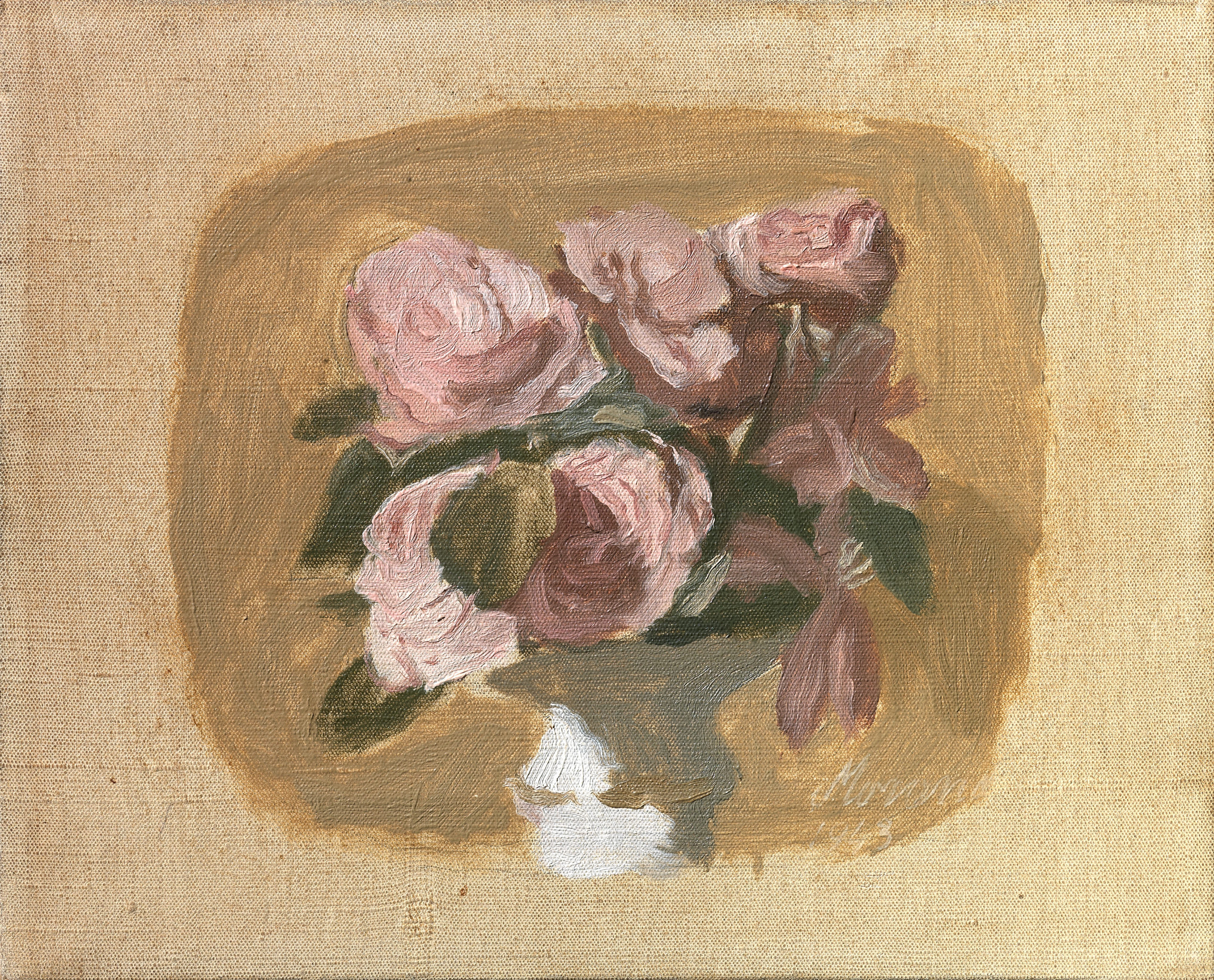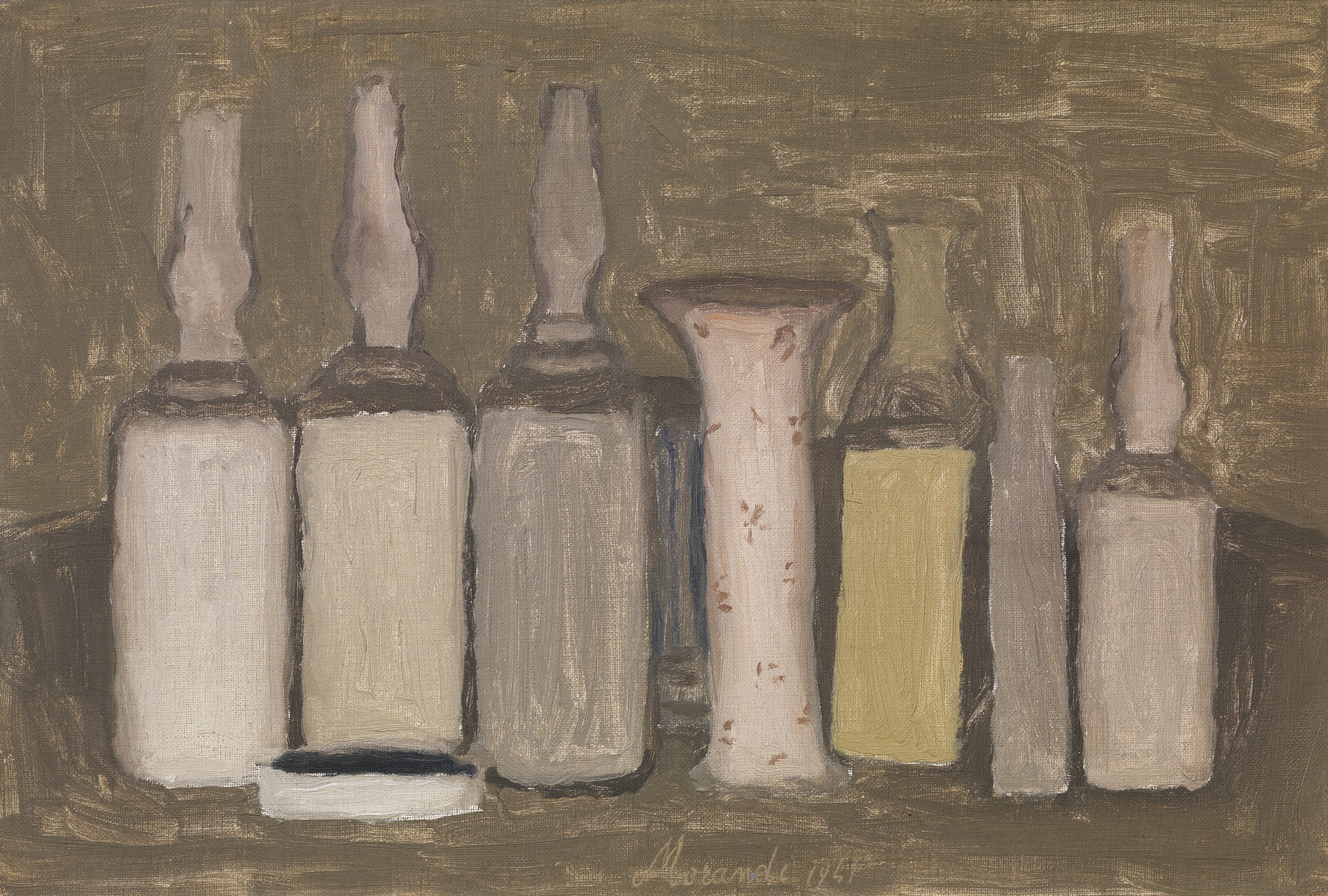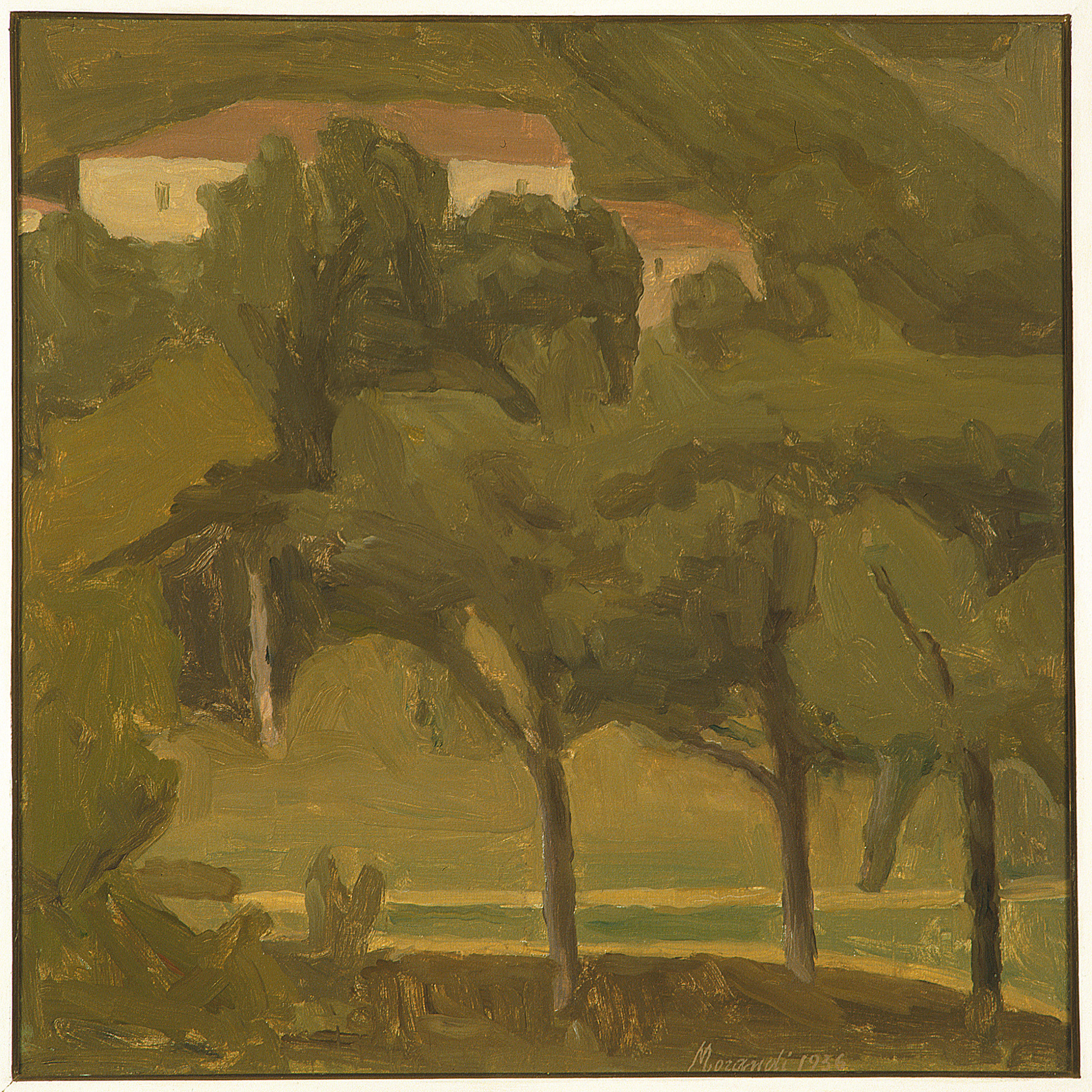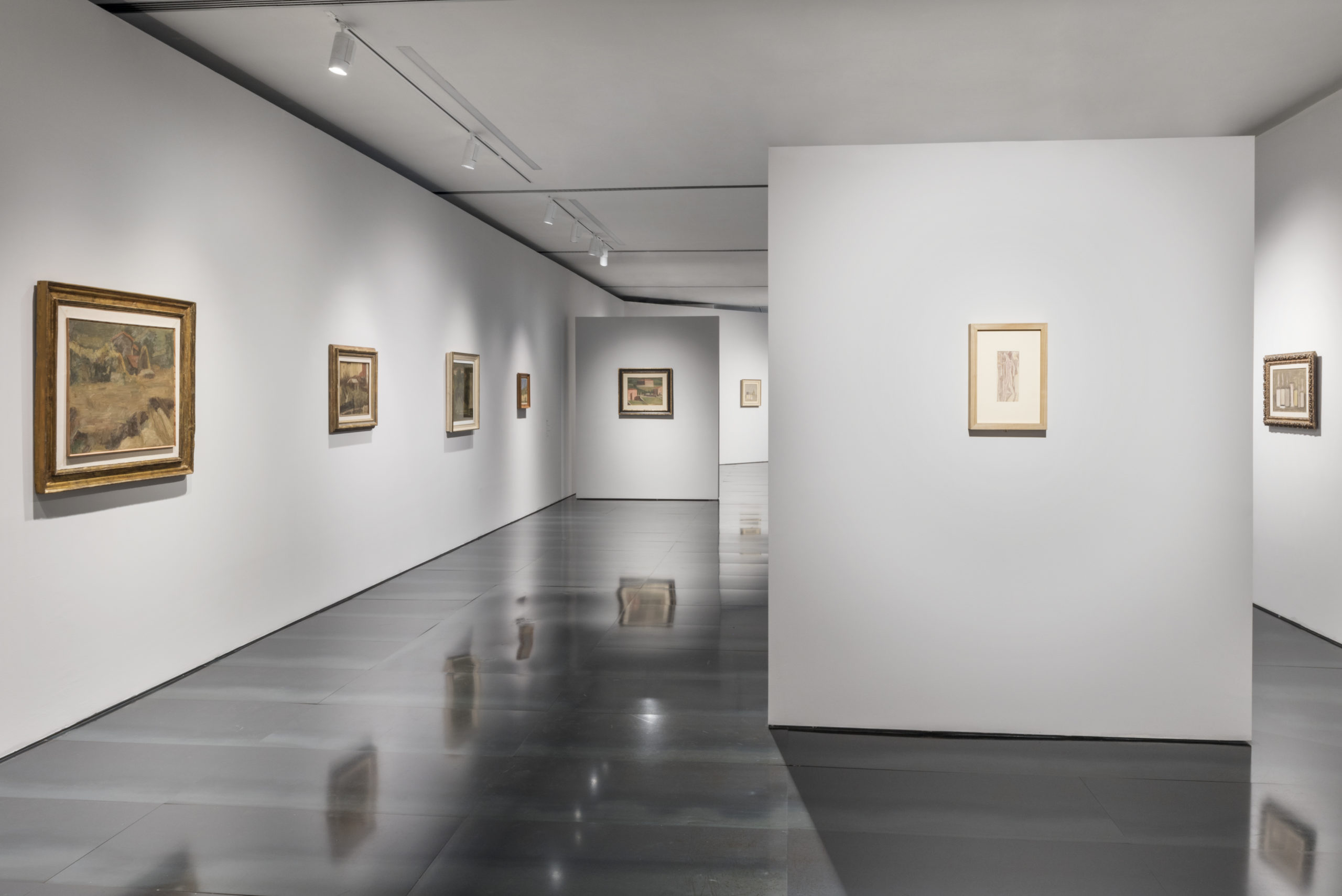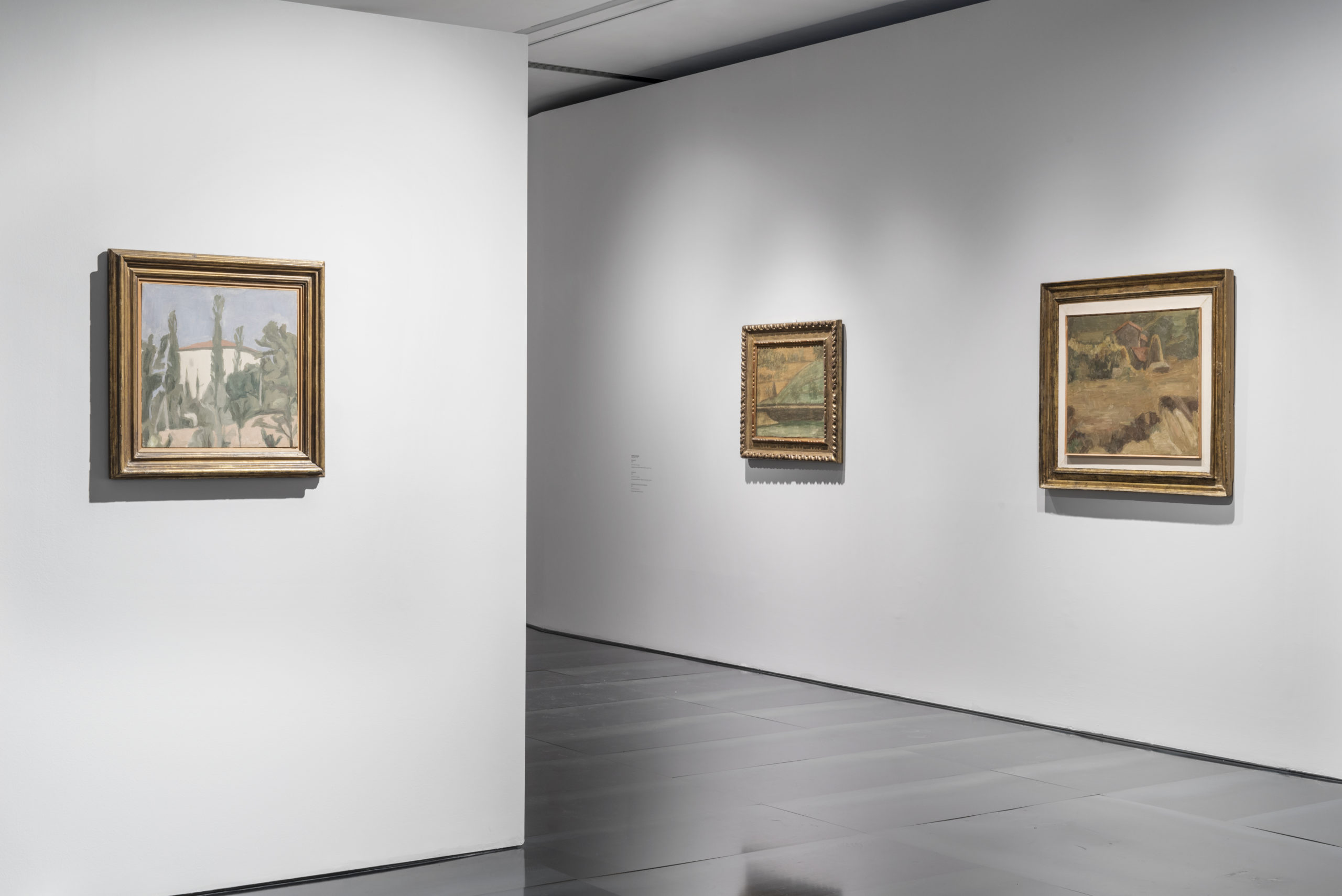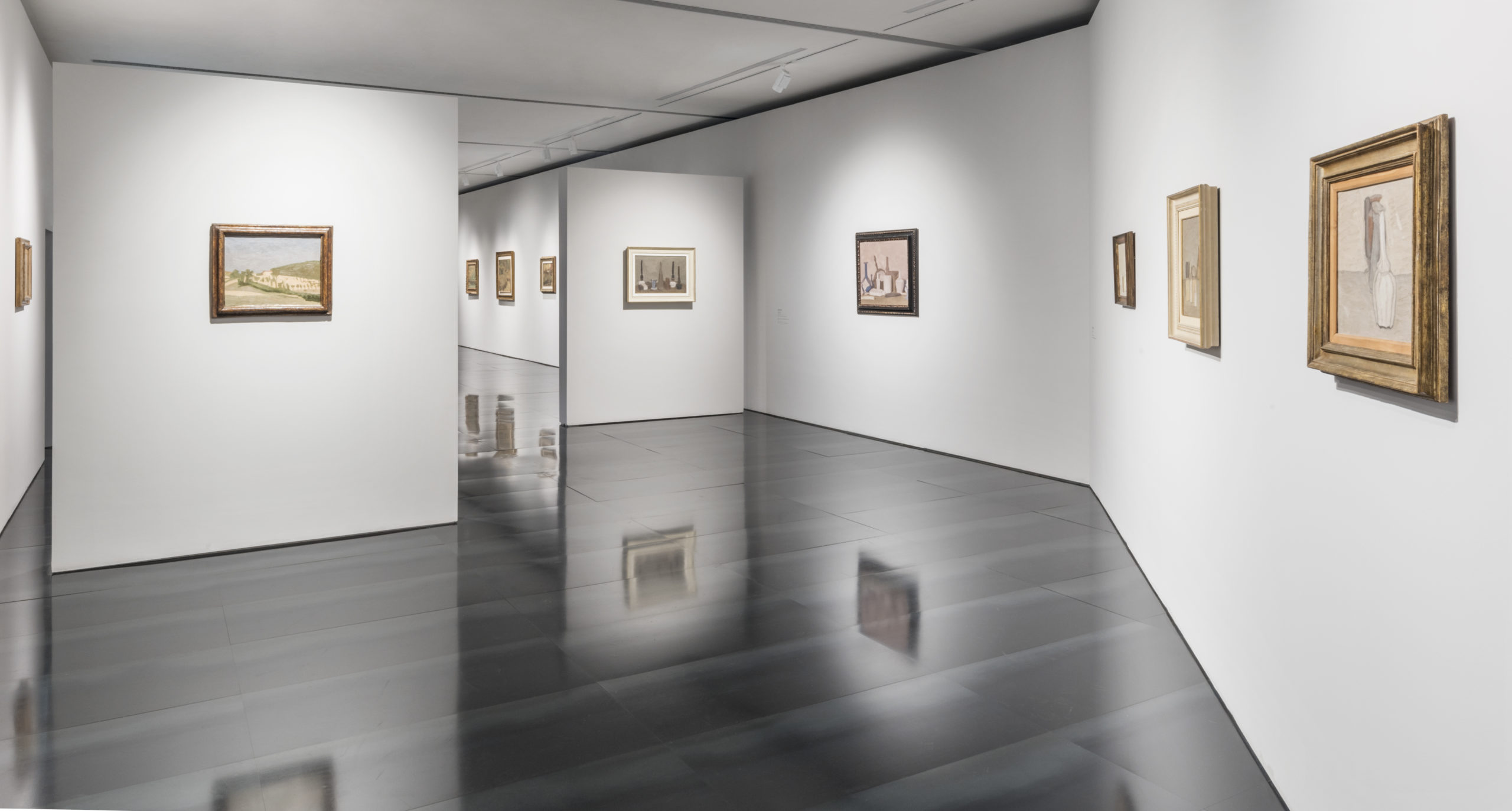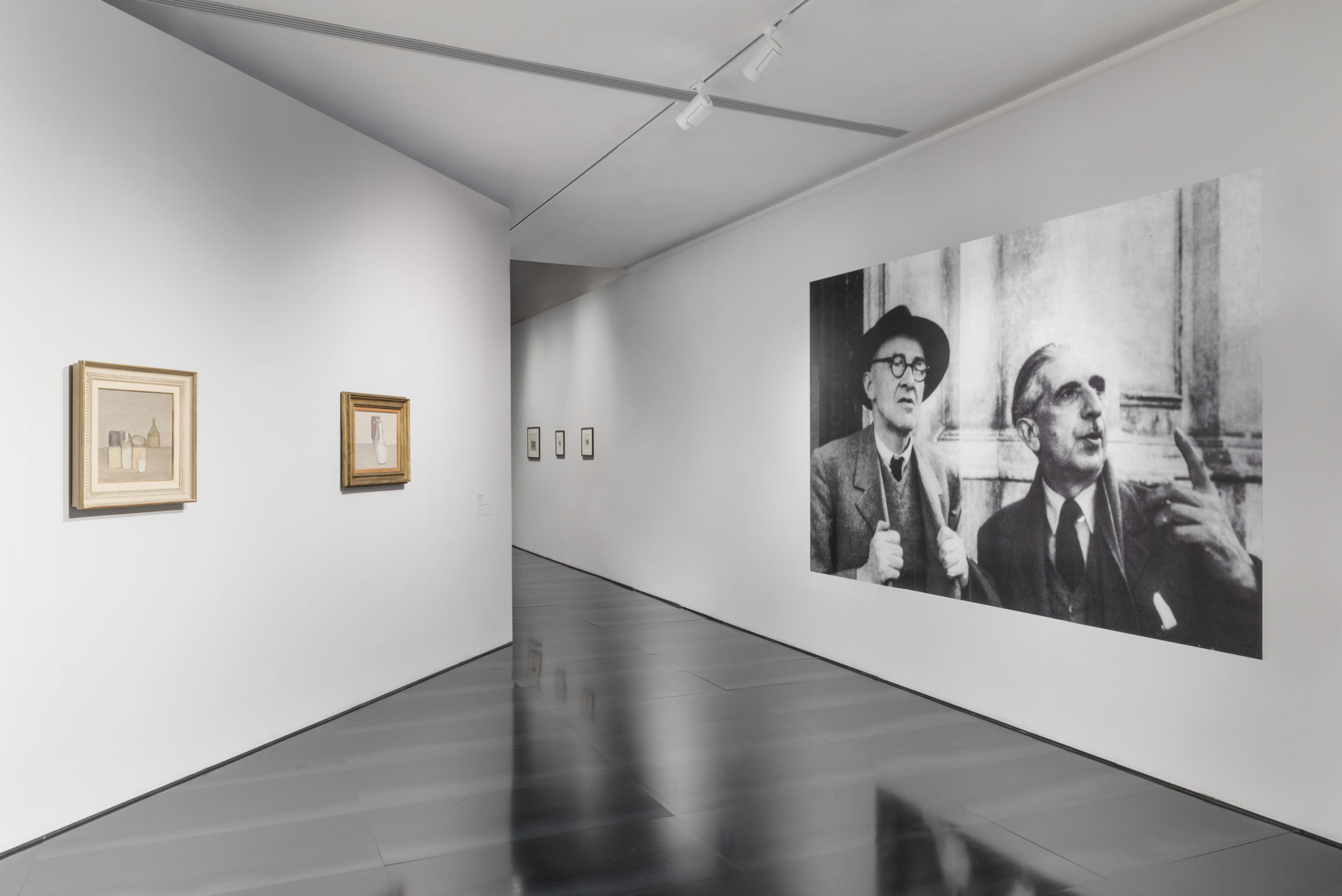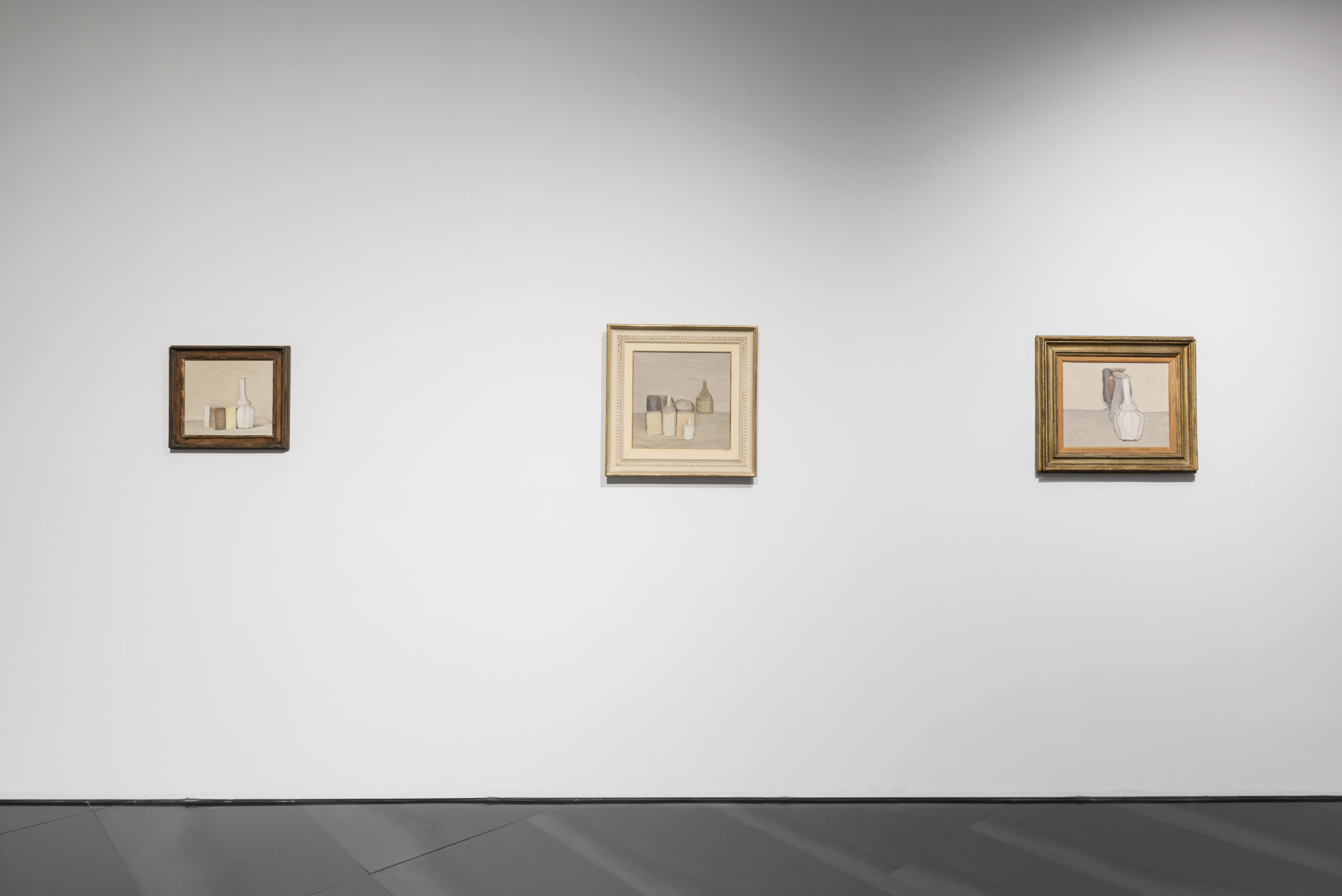Where and when
From
To
Museo Novecento
On June 18, 1964 Giorgio Morandi died in his Bologna and Roberto Longhi, one of the most famous interpreters of his work, declares his deep disturbance: “there will be no other new paintings by Morandi: this is, for me, the most heartbreaking thought” .
Fifty-five years after the great artist’s death, the Museo Novecento hosts Exit Morandi, a large exhibition dedicated to the works of the Bolognese artist.
Exhibition Hours
Summer Hours
Monday – Sunday
11:00 am
–
8:00 pm
Thursday
The exhibition (from 15 March to 27 June 2019), curated by Maria Cristina Bandera and Sergio Risaliti, sees the collaboration with the Roberto Longhi Foundation and Villa Brandi and makes use of loans from the National Gallery of Modern and Contemporary Art in Rome, from the Bank Monte dei Paschi di Siena and significant private collections.
The exhibition originates from four important paintings kept in the Museo Novecento that belonged to Alberto Della Ragione, including a watercolor with a rare female figure bearing the exact date “April 11 918”, a small masterpiece on paper, which reveals the extraordinary ability of updating the artist on the avant-garde and his personal figurative synthesis, carried out in an already essential and unconventional language.
Morandi’s greatness was immediately evident to Roberto Longhi, who will never interrupt the human and intellectual confrontation with the artist. The two, although dating for decades, will always give each other “her” in their correspondence; an affinity between an art historian and a painter that began at the end of 1934, on the occasion of the inaugural address given by Longhi as the new holder of the chair of Art History at the University of Bologna. In “a very crowded classroom” Longhi concluded his enlightened revision of the Moments of Bolognese painting speaking in these terms of Morandi: “And I end up finding it not entirely by chance that one of the best living painters in Italy, Giorgio Morandi, still today , while navigating among the most perilous shoals of modern painting, he nevertheless always knew how to orient his journey with a meditated slowness, with an affectionate studiousness, from the opinion of those of a new set out”.
A journey of which Cesare Brandi, Francesco Arcangeli and Carlo Ludovico Ragghianti were also vigorous interpreters, or the cardinal points of twentieth-century criticism relating to the art of the Bolognese master. Hence the foundations of a special exhibition project, which collects works that belonged or gravitated to the orbit of the four illustrious art historians, to seal, in the passage of time and in the changing of the seasons, the fidelity towards the silent and steady painting of Morandi.
On display you will be able to admire still lifes, landscapes, flowers and a series of engravings, an artistic expression that sees Morandi as one of the greatest representatives of his years and which earned him the international prize at the San Paolo Biennale in Brazil in 1953.
Giorgio Morandi
Immediately showing a talent for painting, he enrolled at the Academy of Fine Arts in Bologna.
Updated on the experiments of Picasso, Cézanne and Derain, thanks to a trip to Florence he confronts himself directly with the great masters of Italian painting, admiring, among others, the masterpieces of Giotto, Piero della Francesca and Masaccio, which exert a strong influence on his next search. After the first and lightning-fast collective exhibition, dating back to 1914, he approaches with a personal poetics to metaphysical painting and the Valori Plastici movement, formed around the homonymous magazine published by Mario Broglio between 1918 and 1921.
The scanning and brightness of the landscapes and still lifes of the 1920s, mindful of the lesson of Piero della Francesca, give way to a constant research that will continue until the last of his days in works that, albeit in an apparent immobility, they reveal the feeling of the ineluctable passage of time.
Artist
Giorgio Morandi
1890, Bologna – 1964, Bologna
Ideation and Artistic Direction
Sergio Risaliti
Curated by
Maria Cristina Bandera
Sergio Risaliti
Organization and Coordination
Eva Francioli
Francesca Neri
Stefania Rispoli
Luca Puri
Press
Elisa Di Lupo
Comune di Firenze
Daniele Pasquini
Mus.e
Ludovica Zarrilli
Tabloid Soc Coop
Communication
Mus.e
Ph Credits
Leonardo Morfini
OKNOstudio
In collaboration with
Fondazione di Studi di Storia dell’Arte Roberto Longhi
Firenze

